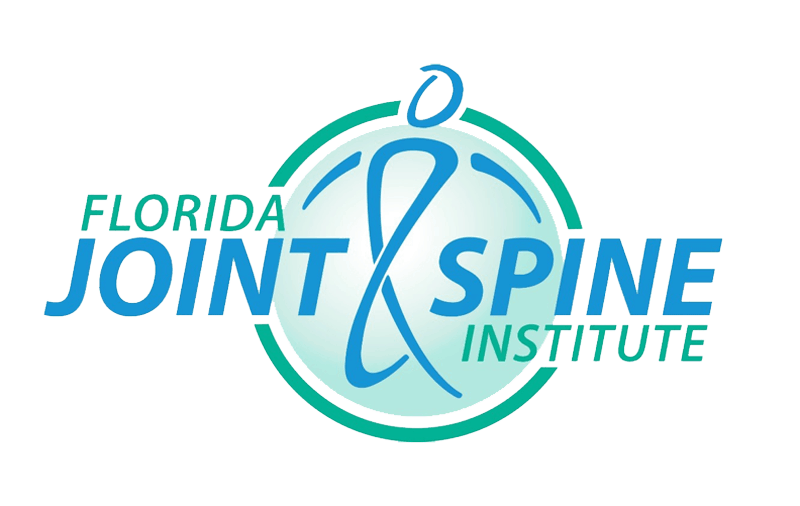Tendon pain takes many forms:
Tendon injuries are most often referred to as Tendinosis or Tendonitis, and is commonly called:
- Plantar fasciitis
- Achilles tendonitis
- Jumper’s / Runner’s knee
- Tennis /Golfer’s elbow
- Swimmer’s Shoulder
The pain will be easily identifiable with one finger – called point tender. The point tender pain you feel can mean your tendon has tissue damage. When your tendon is overused and becomes damaged, it is unable to work at full capacity, causing you pain.
The timeline between inflamed vs. damaged tendons in a Mayo Clinic study
Chronic Tendon Pain comes from doing the things you love or need to do – over and over again. Repetitive motions, no matter how ordinary, can cause small micro tears that occur each time you use your tendon. When you do the same activities persistently, the micro tears do not have time to heal properly, causing injury. In about the first 3 months, the tendon is inflamed and conservative treatments such as ice, rest or stretching can address the issue. Some physicians will administer a cortisone injection, which may help reduce inflammation, however degeneration of the tissue can occur over time with repeated use.
Not all patients get better on their own, and if not treated, the damaged tendon tissue may never heal and your pain will likely become worse, making you suffer for months or years. In a Mayo Clinic study*:
In the first 3-6 Months: the tendon is inflamed
- 6 months after conservative treatment, 80% of patients responded favorably
- 15% had a reoccurrence of symptoms within 12 months of symptom onset
After 3-6 Months: the tendon becomes damaged
- 20% of patients did not receive symptom relief without some surgical intervention.
- This is due to the tissue becoming damaged and degenerated, rather than inflamed.
What are treatment options AFTER the tendon becomes damaged?
After the tendon enters the damaged stage, the treatment options are:
Approach 1: Treatments that try to increase blood flow or strengthen surrounding muscles. This avenue can include physical therapy, Platelet Rich Plasma, Shockwave therapy or TOPAZ. These do not remove damaged tissue, which causes your pain.
Approach II: Damaged tissue removal using Tenex Health TX technology, which is a minimally invasive approach to removing damaged and degenerated tissue, allowing your body to fully heal. It allows intervention and rapid recovery and pain relief at an earlier stage, without having to trial through the range of other treatments, or make you “wait and suffer” if other treatments do not work. Before Tenex Health TX was available, open surgery was the only option that actually removed (vs. masking) the source of pain.
Which treatment is right for you?
Your doctor will perform a medical examination and ask questions about your history, and will help customize an individual plan of care that is right for you and your goals.
Learn more about Tenex Health TX [insert link toTenex homepage] or speak with a Tenex Health physician near you [insert link to Find-A-Doctor].
*Mayo Clinic Study Reference: TL Sanders et al (Mayo Clinic). The Epidemiology and Health Care Burden of Tennis Elbow: A Population-Based Study. American Journal of Sports Medicine Vol 43, No. 5;1066-1071

